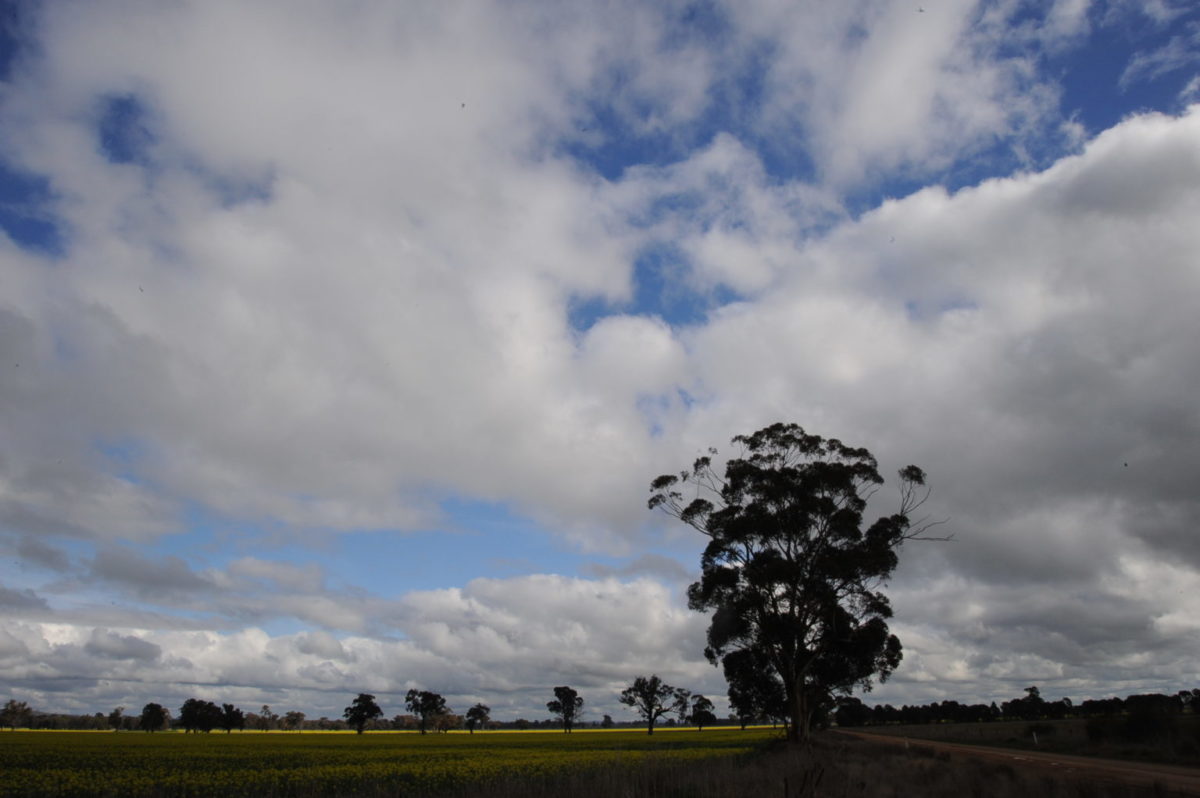Fotowatio Renewable Ventures has closed a financing agreement with ING and ABN AMRO Bank for its 85 MWac Winton Solar farm near Benalla, marking commencement of the company’s first project in Victoria and displaying a vote of confidence from investors in the Australian renewable-energy market.
“Australia remains a key market for FRV’s strategy. This is demonstrated by the financial closure of our sixth project in the country,” said Carlo Frigerio, Managing Director of FRV in Australia, in a statement released on Friday that emphasised the importance of Australian developments in the company’s expansion plans.
FRV, the first developer of large-scale energy projects in Spain where it has been operating since 2006, was acquired in 2015 by the Energy and Environmental Services Division of Abdul Latif Jameel, a diversified group of businesses founded and headquartered in Saudia Arabia, and which now has a solar-project pipeline of some 4.8 GWdc throughout the world.
Winton Solar Farm was awarded a 15-year agreement for delivery of 98.8 MW per annum as part of the reverse auction held by the Victorian Government to support the state’s Victorian Renewable Energy Targets (VRET).
“We are delighted to support the achievement of Victoria’s renewable energy targets of 25% renewable energy generation by 2020, rising to 40% by 2025 and 50% by 2030,” said Frigerio.
Problem solving while building out the megawatts
An outstanding component of the Winton Solar Farm project is that it will fund a research program at the University of Melbourne, “exploring ways to accelerate Victoria’s transition to a sustainable, low-carbon future through technical and regulatory innovation economic development and community engagement”, the statement said.
Construction and operation of Winton are expected to contribute to the economic development of the region around Benalla, including the creation of up to 150 jobs and four traineeships during the construction phase, and a project framework that incorporates funding plans that provide sustainable returns and benefits to the local area.
The University of Melbourne Renewable Energy Research Investment Partnership (RERIP), is part of FRV’s commitment to drive Australia’s transition to a more sustainable energy model.
It will offer a strategic pathway to connect and scale up current initiatives towards creating job opportunities in the renewable-energy ecosystem, along with social connectivity and economic growth in Victoria.
Perhaps most importantly at a stage in Victoria’s transition when new large-scale projects are experiencing financially crippling curtailments and delays in connection to the National Electricity Market — the research will explore technical and regulatory constraints and opportunities for distributed renewable energy in the state.
“The University of Melbourne recognises the critical importance of rapid transitions to renewable energy in Australia,” said Dr Sebastian Thomas of the Faculty of Science at the University of Melbourne in relation to the RERIP.
He emphasised that, “Genuine engagement and partnership between communities, the private sector, government and universities is vital,” to finding long-term solutions to the challenges of energy transition and social justice.
A long view of global energy transition
Since 2012 FRV reports it has invested US$700 million (AU$1,042 million) in six projects including the 20 MW Royalla Solar Farm in the Australian Capital Territory; Clare and Lilyvale, each at 100 MWac in Queensland; and Moree (56 MWac) and Goonumbla (67.8 MWac) in New South Wales.
Among its other commitments at Winton is the funding of an initial two-year pilot partnership and ongoing support of the Regent Honeyeater Project, to establish Honey Eater habitat, planting vegetation and screening in the region.
Winton Solar Farm will occupy a site of some 250 hectares and generate around 210,000 MWh of clean energy — enough to supply the equivalent of 52,000 Australian households and reduce Victoria’s emissions by 150,000 tonnes of CO2 each year.
Over the coming five years, FRV anticipates investing more than US$5 billion (AU$7.4 billion) in fixed renewable assets with the intention of increasing its total installed capacity five times, from 1.3 GW in 2019 to 7.5 GW in 2024.
This content is protected by copyright and may not be reused. If you want to cooperate with us and would like to reuse some of our content, please contact: editors@pv-magazine.com.









1 comment
By submitting this form you agree to pv magazine using your data for the purposes of publishing your comment.
Your personal data will only be disclosed or otherwise transmitted to third parties for the purposes of spam filtering or if this is necessary for technical maintenance of the website. Any other transfer to third parties will not take place unless this is justified on the basis of applicable data protection regulations or if pv magazine is legally obliged to do so.
You may revoke this consent at any time with effect for the future, in which case your personal data will be deleted immediately. Otherwise, your data will be deleted if pv magazine has processed your request or the purpose of data storage is fulfilled.
Further information on data privacy can be found in our Data Protection Policy.